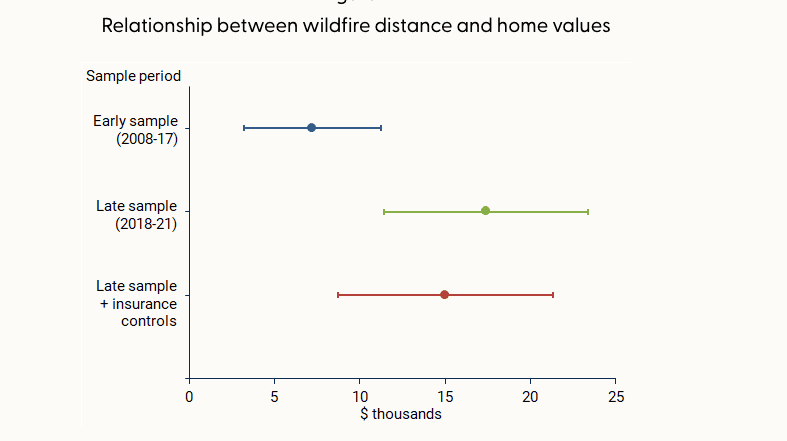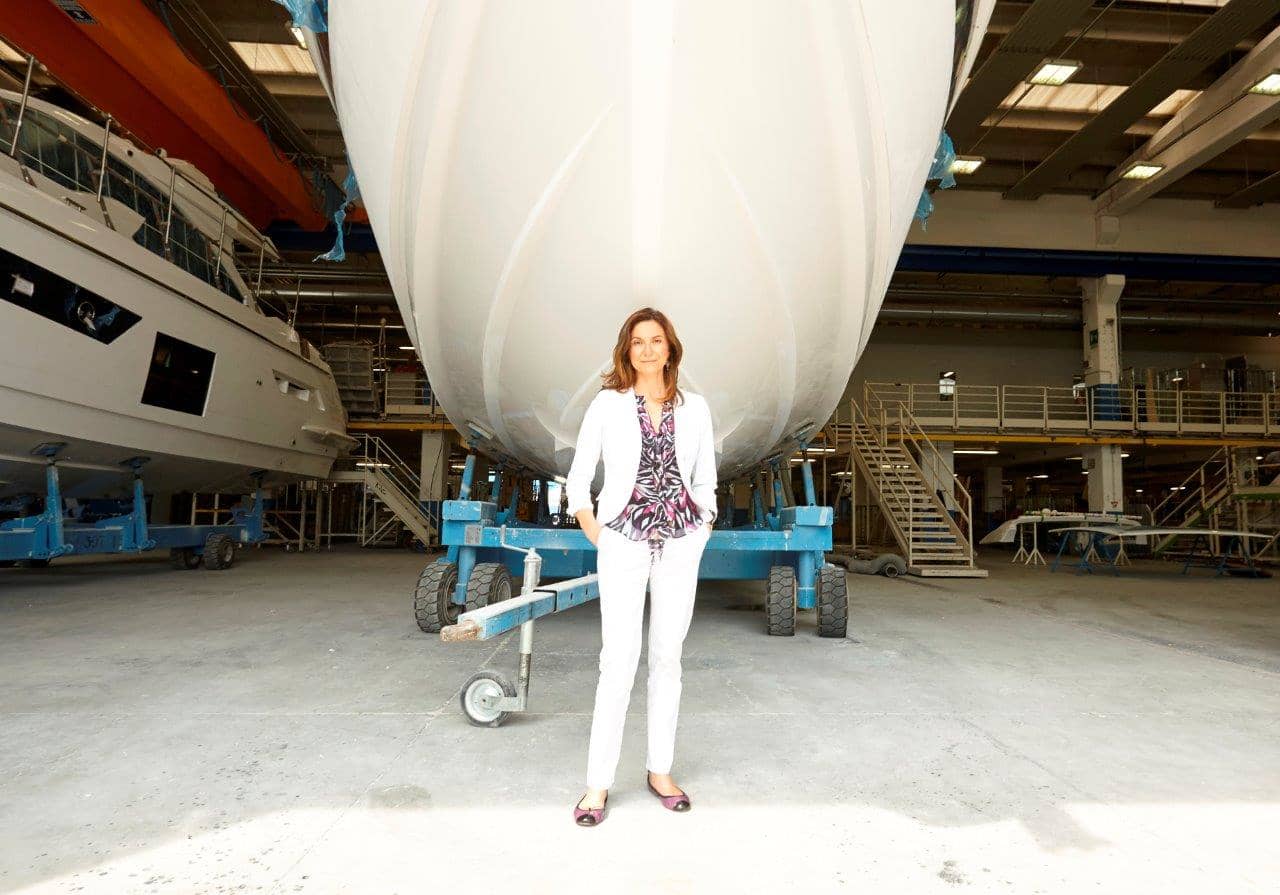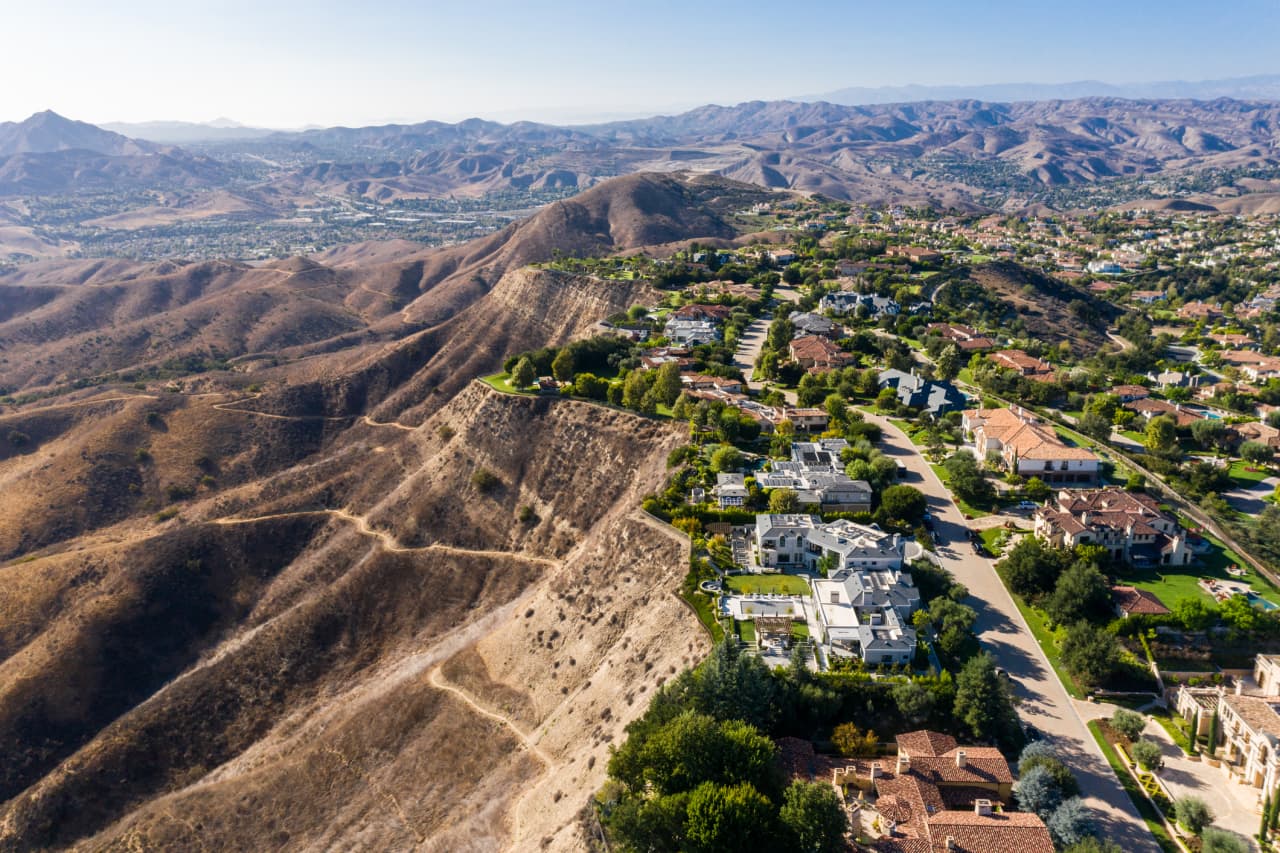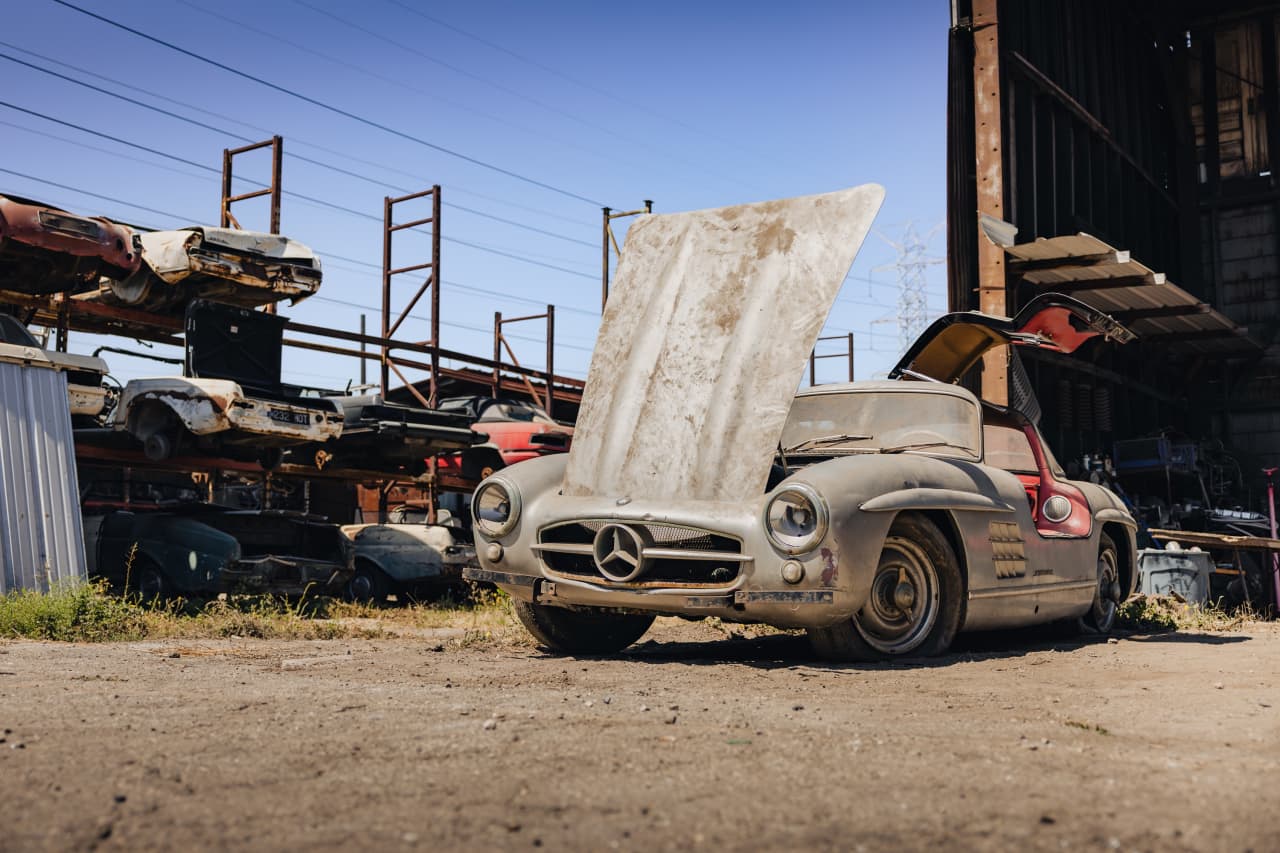In the rarefied world of luxury yacht construction and design, the Viareggio, Italy-based Azimut/Benetti Group ranks high on the list of storied and sought-after names. The company’s clients include multi-millionaires and billionaires globally, and boldfacers such as Bill Gates have chartered its watercrated.
The company comprises two brands: Azimut, which produces smaller yachts that range in length from 10 to 35 meters, and Benetti, a mega- and superyacht producer behind ships from 37 to more than 100 meters long. It’s known for its technological innovations, including the extensive use of carbon fiber as well as hybrid diesel-electric vessels. Prices for the yachts between both brands range from US$1 million to more than US$300 million. Azimut/Benetti has four shipyards, three in Italy and one in Brazil, with the largest in Livorno, in Italy’s Tuscany region.
Paolo Vitelli founded Azimut in 1969 and acquired Benetti in 1985 to form Azimut/Benetti Group. His daughter, Giovanna Vitelli, 48, leads the family-run enterprise today. She spoke with Penta recently about how demand for yachts has increased as of late, its changing customer base, and the amenities on ships that owners most want today.
Penta: Has the demand for your yachts changed over the last few years?
Giovanna Vitelli: Despite initial predictions, the pandemic significantly boosted the yacht industry due to unforeseen mobility restrictions. The desire for freedom led to a surge in demand, and immediately after the COVID-19 lockdowns, every available boat, regardless of size, was sold out. Today, the demand has normalized, but the perception of what a yacht can offer has changed. As a result, our orders stretch to 2028.
Who are your primary customers, and how have they evolved over time?
Owners are now trending 10 years younger than before; they are typically men in their 50s. They are still very wealthy and successful, but unlike the past, where yacht ownership may have primarily symbolized opulence, today’s owner seeks something deeper: a private space to share with family and friends, a floating home with all the personal comforts, to enjoy a closer connection with the sea.
Can you share the amenities your customers want most on their yachts and how they differ from the past?
We are seeing a growing shift toward a more relaxed lifestyle on board. Owners seek areas ideal for sharing with loved ones. They have a preference for longer stays at anchor and want amenities that provide a comfortable, at-home experience. Popular requests include large social bars, extensive wine cellars, full office spaces for remote work, spa facilities, larger storage for water toys, and gym areas. These features blend luxury with functionality.
What are some of the unusual amenities or other requests your customers have requested?
We’ve added unique features such as a wood-burning pizza oven and a flower refrigerator. We even recreated a copy of the Sistine Chapel fresco over the dining table on a Benetti yacht. Another had spectacular interiors made with Lalique glass.
Tell us about the design features of your yachts. What aesthetic do you favor?
Twenty years ago, we began seeking designers from the luxury residential, hospitality, and fashion sectors rather than just the yachting industry. This brought a contemporary twist to a traditionally conservative sector. Each designer infuses the yacht with its own soul, but all have a simple elegance. Our most recent collaboration was with Matteo Thun and Antonio Rodriguez, inventors of eco-resorts, with whom we explored new frontiers for eco-friendly materials on Azimut’s Seadeck motoryachts .
One design concept that has influenced the lifestyle on board is the Benetti Oasis Deck. Previously, the stern was high and closed, but now, a lowered stern opens to the sea, enhancing the onboard experience.
How does sustainability figure into your designs?
Sustainability has been a core principle for us for over 20 years, and we started investing early on in technology to reduce fuel consumption. This philosophy continues to drive our innovations. Today, almost our entire fleet offers hybrid technology.
The newly launched Azimut Seadeck 6 became the most efficient and sustainable yacht ever produced by our group. In fact, the Azimut Seadeck Series can reduce carbon-dioxide emissions by as much as 40% in one year of average use compared to traditional yachts of similar size.
Our next goal is to further optimize consumption and emissions from onboard systems, especially for larger boats that spend around 90% of their time at anchor.
Also, our company has an agreement with the energy company Eni to use HVOlution, a biofuel made entirely from renewable raw materials.
Can you explain the concept of shadow yachts and tell us if they’re becoming more prevalent?
Shadow yachts, also known as support yachts or shadow vessels, are auxiliary vessels that accompany a main superyacht, providing additional storage for water toys, helicopters, and vehicles, as well as housing extra crew and guests. Currently, they represent less than 1% of the market.
Where do you see the future of yachts going?
I expect demand to continue at a steady pace in the coming years, especially as more people view yachts as residences rather than just for short trips. We have customers who’ve bought large yachts who anchor them and live in them for several months a year. They might dock in Monaco for six months, for example, and go to the Caribbean for the rest of the year.
 Copyright 2020, Dow Jones & Company, Inc. All Rights Reserved Worldwide. LEARN MORE
Copyright 2020, Dow Jones & Company, Inc. All Rights Reserved Worldwide. LEARN MORE
What a quarter-million dollars gets you in the western capital.
Alexandre de Betak and his wife are focusing on their most personal project yet.
Report by the San Francisco Fed shows small increase in premiums for properties further away from the sites of recent fires
Wildfires in California have grown more frequent and more catastrophic in recent years, and that’s beginning to reflect in home values, according to a report by the San Francisco Fed released Monday.
The effect on home values has grown over time, and does not appear to be offset by access to insurance. However, “being farther from past fires is associated with a boost in home value of about 2% for homes of average value,” the report said.
In the decade between 2010 and 2020, wildfires lashed 715,000 acres per year on average in California, 81% more than the 1990s. At the same time, the fires destroyed more than 10 times as many structures, with over 4,000 per year damaged by fire in the 2010s, compared with 355 in the 1990s, according to data from the United States Department of Agriculture cited by the report.
That was due in part to a number of particularly large and destructive fires in 2017 and 2018, such as the Camp and Tubbs fires, as well the number of homes built in areas vulnerable to wildfires, per the USDA account.
The Camp fire in 2018 was the most damaging in California by a wide margin, destroying over 18,000 structures, though it wasn’t even in the top 20 of the state’s largest fires by acreage. The Mendocino Complex fire earlier that same year was the largest ever at the time, in terms of area, but has since been eclipsed by even larger fires in 2020 and 2021.
As the threat of wildfires becomes more prevalent, the downward effect on home values has increased. The study compared how wildfires impacted home values before and after 2017, and found that in the latter period studied—from 2018 and 2021—homes farther from a recent wildfire earned a premium of roughly $15,000 to $20,000 over similar homes, about $10,000 more than prior to 2017.

The effect was especially pronounced in the mountainous areas around Los Angeles and the Sierra Nevada mountains, since they were closer to where wildfires burned, per the report.
The study also checked whether insurance was enough to offset the hit to values, but found its effect negligible. That was true for both public and private insurance options, even though private options provide broader coverage than the state’s FAIR Plan, which acts as an insurer of last resort and provides coverage for the structure only, not its contents or other types of damages covered by typical homeowners insurance.
“While having insurance can help mitigate some of the costs associated with fire episodes, our results suggest that insurance does little to improve the adverse effects on property values,” the report said.
While wildfires affect homes across the spectrum of values, many luxury homes in California tend to be located in areas particularly vulnerable to the threat of fire.
“From my experience, the high-end homes tend to be up in the hills,” said Ari Weintrub, a real estate agent with Sotheby’s in Los Angeles. “It’s up and removed from down below.”
That puts them in exposed, vegetated areas where brush or forest fires are a hazard, he said.
While the effect of wildfire risk on home values is minimal for now, it could grow over time, the report warns. “This pattern may become stronger in years to come if residential construction continues to expand into areas with higher fire risk and if trends in wildfire severity continue.”















